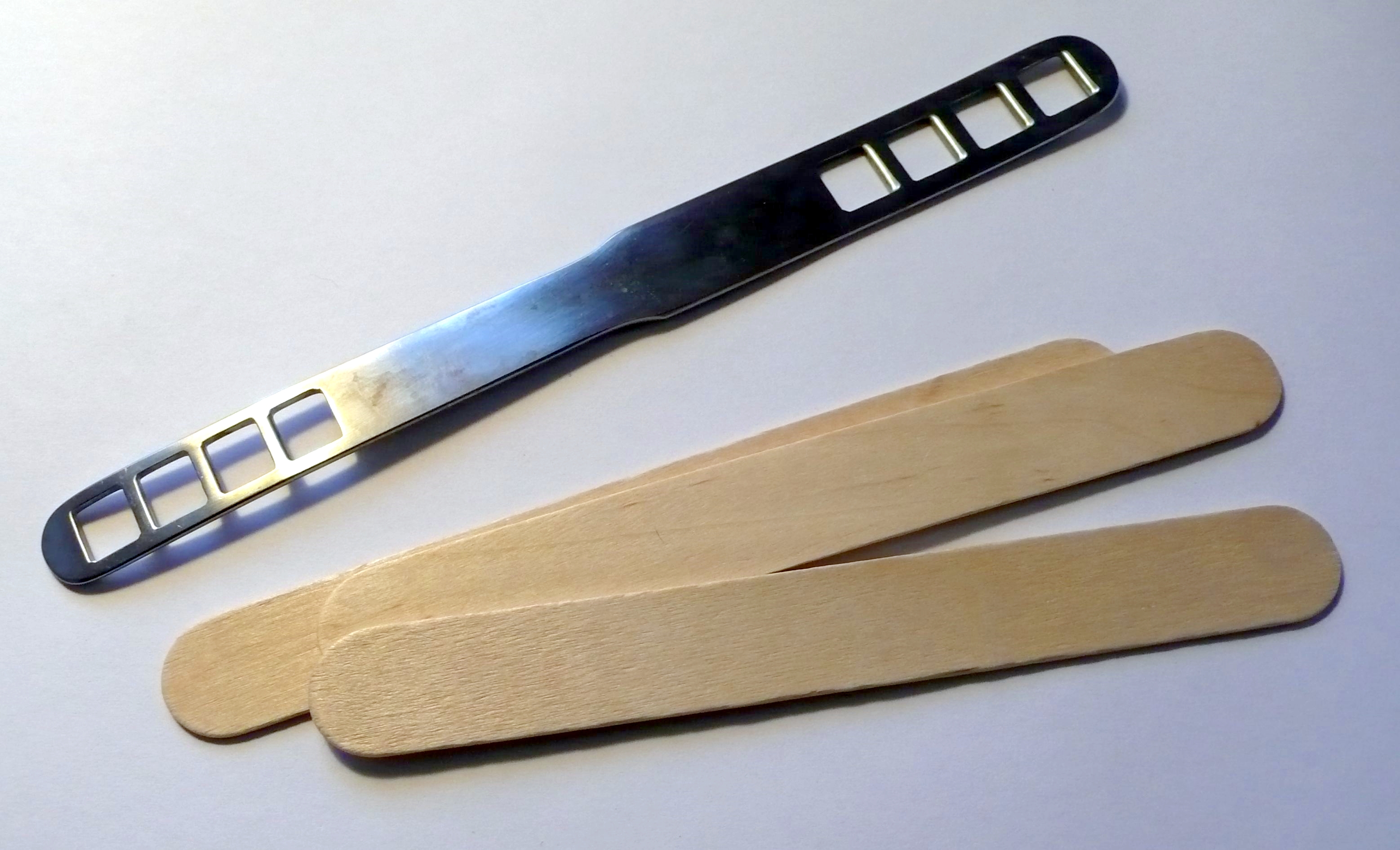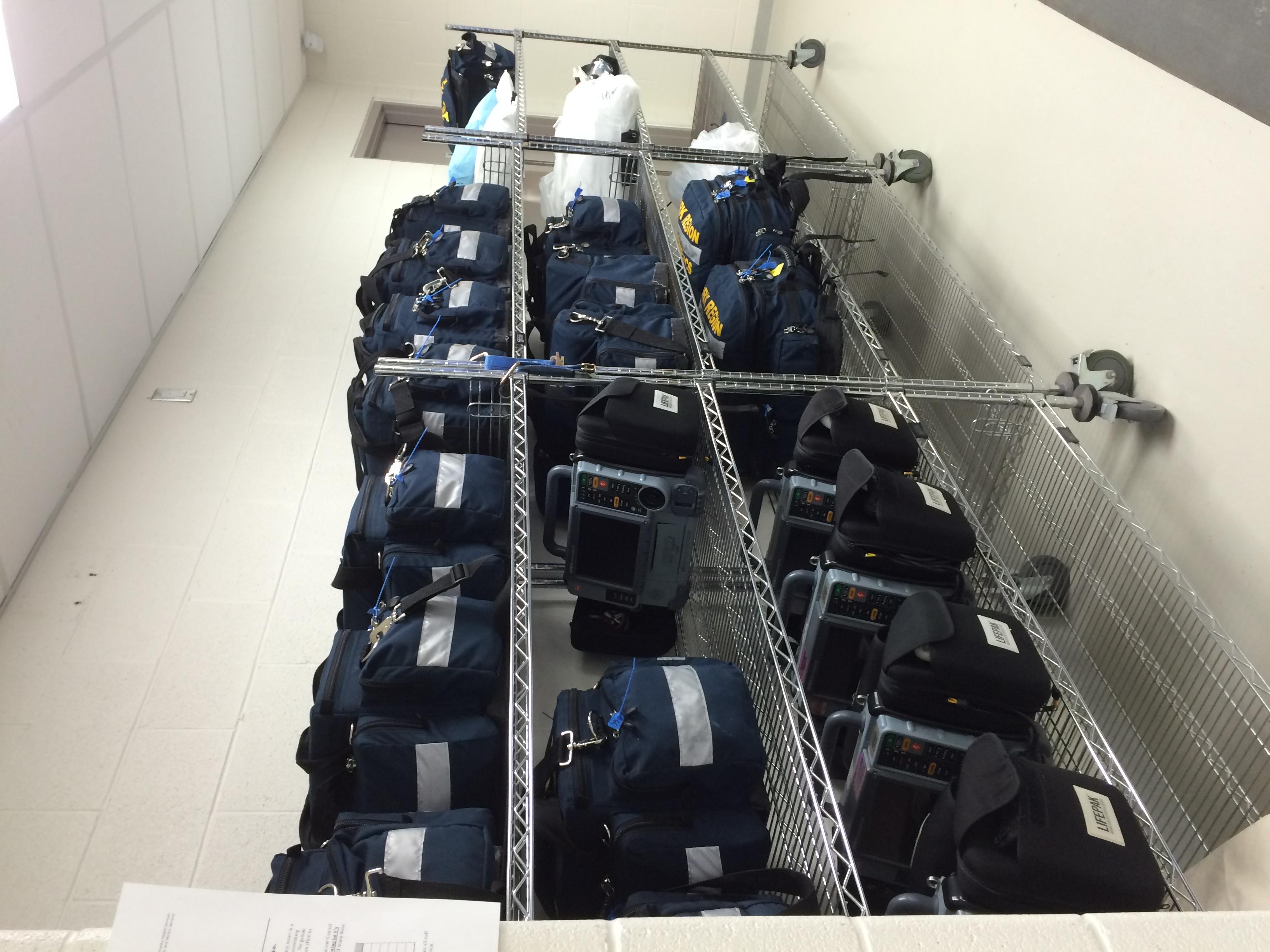|
Substance-based Medical Device
A substance based medical device is a medical device composed of substances or combinations of substances. They are typically differentiated from medication (drugs) in that they do not have pharmacological, immunological or metabolic mode of action but achieve their therapeutic effect through primarily physical means. Examples Examples of substance based medical devices include products for gastrointestinal relief like medicinal clay or simeticone-based products, as well as unmedicated nasal sprays, certain eye drops, dermal formulations, oral cough treatments, and other products for self-medication that often are available without a prescription. Regulation Substance-based medical devices encompass a varied array of products that fall under the purview of Regulation (EU) 2017/745 Regulation (EU) 2017/745 is a regulation of the European Union on the clinical investigation and placing on the market of medical devices for human use. It repealed Directive 93/42/EEC on Medic ... [...More Info...] [...Related Items...] OR: [Wikipedia] [Google] [Baidu] |
Medical Device
A medical device is any device intended to be used for medical purposes. Significant potential for hazards are inherent when using a device for medical purposes and thus medical devices must be proved safe and effective with reasonable assurance before regulating governments allow marketing of the device in their country. As a general rule, as the associated risk of the device increases the amount of testing required to establish safety and efficacy also increases. Further, as associated risk increases the potential benefit to the patient must also increase. Discovery of what would be considered a medical device by modern standards dates as far back as in Baluchistan where Neolithic dentists used flint-tipped drills and bowstrings. Study of Archaeology, archeology and Roman medical literature also indicate that many types of medical devices were in widespread use during the time of ancient Rome. In the United States it was not until the Federal Food, Drug, and Cosmetic Act ( ... [...More Info...] [...Related Items...] OR: [Wikipedia] [Google] [Baidu] |
Medication
Medication (also called medicament, medicine, pharmaceutical drug, medicinal product, medicinal drug or simply drug) is a drug used to medical diagnosis, diagnose, cure, treat, or preventive medicine, prevent disease. Drug therapy (pharmacotherapy) is an important part of the medicine, medical field and relies on the science of pharmacology for continual advancement and on pharmacy for appropriate management. Drugs are Drug class, classified in many ways. One of the key divisions is by level of controlled substance, control, which distinguishes prescription drugs (those that a pharmacist dispenses only on the medical prescription) from over-the-counter drugs (those that consumers can order for themselves). Medicines may be classified by mode of action, route of administration, biological system affected, or therapeutic effects. The World Health Organization keeps a list of essential medicines. Drug discovery and drug development are complex and expensive endeavors undertake ... [...More Info...] [...Related Items...] OR: [Wikipedia] [Google] [Baidu] |
Medicinal Clay
The use of medicinal clay in folk medicine goes back to prehistoric times. Indigenous peoples around the world still use clay widely. Such uses include external application to the skin and geophagy. The first recorded use of medicinal clay goes back to ancient Mesopotamia. A wide variety of clays are used for medicinal purposes—primarily for external applications, such as the clay baths in health spas ( mud therapy). Among the clays most commonly used are kaolin and the smectite clays such as bentonite, montmorillonite, and Fuller's earth. However, their use is declining, and modern evidence-based medicine has ended the use of many types. History Ancient Egypt and Mesopotamia The first recorded use of medicinal clay is on Mesopotamian clay tablets around 2500 BC. Also, ancient Egyptians used clay. The Pharaohs’ physicians used the material as anti-inflammatory agents and antiseptics. It was used as a preservative for making mummies and is also reported that Cleopatra us ... [...More Info...] [...Related Items...] OR: [Wikipedia] [Google] [Baidu] |
Simeticone
Simeticone (INN), also known as simethicone (USAN), is an anti-foaming agent used to reduce bloating, discomfort or pain caused by excessive gas. Medical uses Simeticone is used to relieve the symptoms of excessive gas in the gastrointestinal tract, namely bloating, burping, and flatulence. While there is a lack of conclusive evidence that simeticone is effective for this use, studies have shown that it can relieve symptoms of functional dyspepsia and functional bloating. It has not been fully established that simeticone is useful to treat colic in babies, and it is not recommended for this purpose. A study in the United Kingdom reported that according to parental perception simeticone helped infant colic in some cases. Simeticone can also be used for suspected postoperative abdominal discomfort in infants. Side effects Simeticone does not have any serious side effects. Two uncommon side effects (occurring in 1 in 100 to 1 in 1,000 patients) are constipation and nausea. ... [...More Info...] [...Related Items...] OR: [Wikipedia] [Google] [Baidu] |
Eye Drops
''Eye Drops'' is a television program on TechTV that showcased short computer animation movies and clips made using off the shelf 3D animation software. The show claimed to showcase all different types of animation, but only a very small number of shorts featured non-CG animation. Most animations are done completely by one person or by a small group of people. Series episodes Season one Episode 1, aired May 16, 2002 # ''It's Alive'' by Terry Ziegelman and Paul George Episode 2, aired May 23, 2002 # ''Bingo'' by Chris Landreth Episode 3, aired May 30, 2002 # ''Wild Card'' by Van Phan # ''Walk'' by Jeff Drew # ''Puppet'' by Anzovin Studio # ''Tung Fu'' by Gregory Lemons # ''F8 (part one)'' by Jason Wen # ''Airheads'' by Mike Wheeler # ''Serenade'' by Jason Judy, Paul Downs, and Michael Berger Episode 4, aired June 6, 2002 # ''Pasta for War'' by Zach Schlappi # Animation Lab: ''Rendering Transparent Materials'' by Henrik Wann Jensen # ''Ruby's Saloon'' by Kevin "Bubba" Lombar ... [...More Info...] [...Related Items...] OR: [Wikipedia] [Google] [Baidu] |
Self-medication
Self-medication, sometime called do-it-yourself (DIY) medicine, is a human behavior in which an individual uses a substance or any exogenous influence to self-administer treatment for physical or psychological conditions, for example headaches or fatigue. The substances most widely used in self-medication are over-the-counter drugs and dietary supplements, which are used to treat common health issues at home. These do not require a doctor's prescription to obtain and, in some countries, are available in supermarkets and convenience stores. The field of psychology surrounding the use of psychoactive drugs is often specifically in relation to the use of recreational drugs, alcohol, comfort food, and other forms of behavior to alleviate symptoms of mental distress, stress and anxiety, including mental illnesses or psychological trauma. Such treatment may cause serious detriment to physical and mental health if motivated by addictive mechanisms. In postsecondary (university ... [...More Info...] [...Related Items...] OR: [Wikipedia] [Google] [Baidu] |
Medical Prescription
A prescription, often abbreviated or Rx, is a formal communication from physicians or other registered healthcare professionals to a pharmacist, authorizing them to dispense a specific prescription drug for a specific patient. Historically, it was a physician's instruction to an apothecary listing the materials to be compounded into a treatmentthe symbol (a capital letter R, crossed to indicate abbreviation) comes from the first word of a medieval prescription, Latin (), that gave the list of the materials to be compounded. Format and definition For a communication to be accepted as a legal medical prescription, it needs to be filed by a qualified dentist, advanced practice nurse, physician, or veterinarian, for whom the medication prescribed is within their scope of practice to prescribe. This is regardless of whether the prescription includes prescription drugs, controlled substances, or over-the-counter treatments. Prescriptions may be entered into an electron ... [...More Info...] [...Related Items...] OR: [Wikipedia] [Google] [Baidu] |
Regulation (EU) 2017/745
Regulation (EU) 2017/745 is a regulation of the European Union on the clinical investigation and placing on the market of medical devices for human use. It repealed Directive 93/42/EEC on Medical Devices (MDD) and Directive 90/385/EEC on active implantable medical devices (AIMDD). The regulation was published on 5 April 2017 and came into force on 25 May 2017. Changes Changes compared to the Medical Device Directive include changes in device classification and device scope, stricter oversight of manufacturers by notified bodies, introduction of the "Person Responsible for Regulatory Compliance" (PRRC) and of the economic operator concept, the requirement of Unique Device Identification marking for devices, EUDAMED registration (see below), UDI requirements, and increased postmarketing surveillance activities. Scope and classification Compared to the MDD, the scope of the MDR has been expanded to cover not only the active implantable medical devices previously covere ... [...More Info...] [...Related Items...] OR: [Wikipedia] [Google] [Baidu] |
Regulation Of Medical Devices
A medical device is any device intended to be used for medical purposes. Significant potential for hazards are inherent when using a device for medical purposes and thus medical devices must be proved safe and effective with reasonable assurance before regulating governments allow marketing of the device in their country. As a general rule, as the associated risk of the device increases the amount of testing required to establish safety and efficacy also increases. Further, as associated risk increases the potential benefit to the patient must also increase. Discovery of what would be considered a medical device by modern standards dates as far back as in Baluchistan where Neolithic dentists used flint-tipped drills and bowstrings. Study of archeology and Roman medical literature also indicate that many types of medical devices were in widespread use during the time of ancient Rome. In the United States it was not until the Federal Food, Drug, and Cosmetic Act (FD&C Act) in ... [...More Info...] [...Related Items...] OR: [Wikipedia] [Google] [Baidu] |



